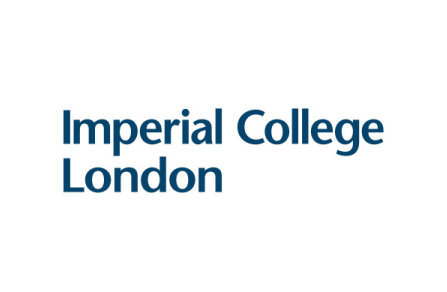Imperial College London: Low-traffic neighbourhoods reduce pollution in surrounding streets
Low-traffic neighbourhoods (LTNs) reduce traffic and air pollution without displacing the problem to nearby streets, new research has shown.
The study by researchers at Imperial College London looked at three LTNs in London, to identify their impact on both air pollution and traffic within the LTN zones and in the surrounding area.
LTNs aim to reduce through traffic in residential areas, usually by the use of barriers which prevent cars from using certain streets, while leaving them open to pedestrians and cyclists.
This research effectively disproves the argument that low-traffic zones will necessarily cause an increase in traffic and air pollution in neighbouring streets.
Dr Audrey de Nazelle
Many LTNs were put in place during 2020, to prevent an increase in vehicle traffic as people avoided public transport through fear of infection. However, they also provoked opposition, with critics claiming that LTNs increased traffic and pollution in surrounding areas.
The researchers studied three LTNs in Islington, one of London’s most densely populated boroughs, which were put in place during 2020. The team compared pollution and traffic levels at monitoring stations inside the zones, on streets surrounding the zones, and at control sites further away, using data gathered by Islington Borough Council.
The LTNs – in St Peter’s, Canonbury and Clerkenwell – were put in place between July and September 2020. The team analysed data gathered from July 2019 to February 2021. The research is published in Transportation Research Part D.
Falling pollution
Because each of the LTNs was set up at a different time and not all monitoring sites gathered data continuously, averaging out the results between the three LTNs would not provide an accurate overall picture. So the team carried out a more complex statistical analysis to ensure other factors that might affect traffic volumes and air pollution at particular times – such as the COVID restrictions in place, school holidays or weather – could be taken into account.
Using this analysis, the researchers found that concentrations of nitrogen dioxide fell by 5.7 percent within the LTNs and by just under nine percent on their boundaries, compared to the control sites. They also found that traffic dropped by over half inside the LTNs and by 13 percent at the boundaries, compared to the controls.
Dr Audrey de Nazelle, from Imperial’s Centre for Environmental Policy, said: “This research effectively disproves the argument that low-traffic zones will necessarily cause an increase in traffic and air pollution in neighbouring streets.
“In the three areas we looked at, they reduced both traffic volumes and, significantly, air pollution both inside and on the edges of the zone. Alongside the other benefits of LTNs that have been shown in previous research – such as improvements in safety and an increase in walking and cycling – this makes a very strong argument in their favour.”
Co-author, Imperial College London PhD student Helen Yang added: “This is the first study to use a robust statistical approach to show the impact of LTNs on surrounding areas, and the results are really encouraging. We worked with a relatively small data set and further research is now needed to confirm these findings at a larger scale.”

